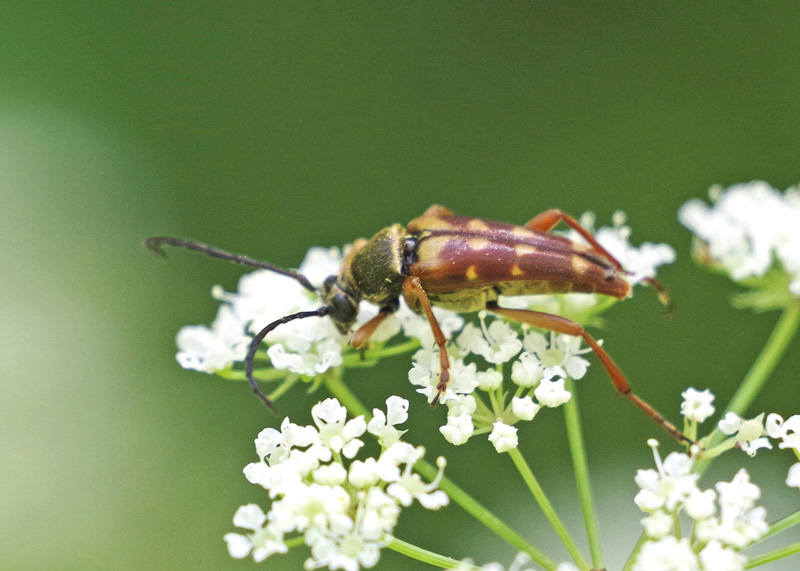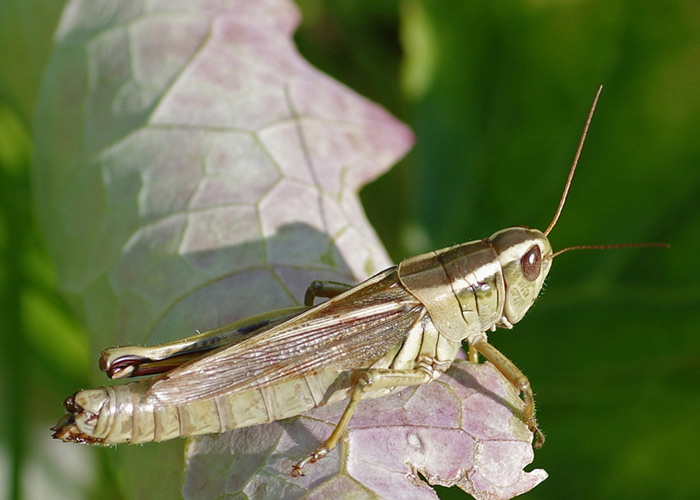Bugs without Bios XV
Howdy, BugFans, Bugs without Bios are bugs who have no fan clubs or t-shirts or Wanted posters and who go about their daily lives without attracting too much attention, yet are still worthy of our admiration.. Actually, there probably is …

